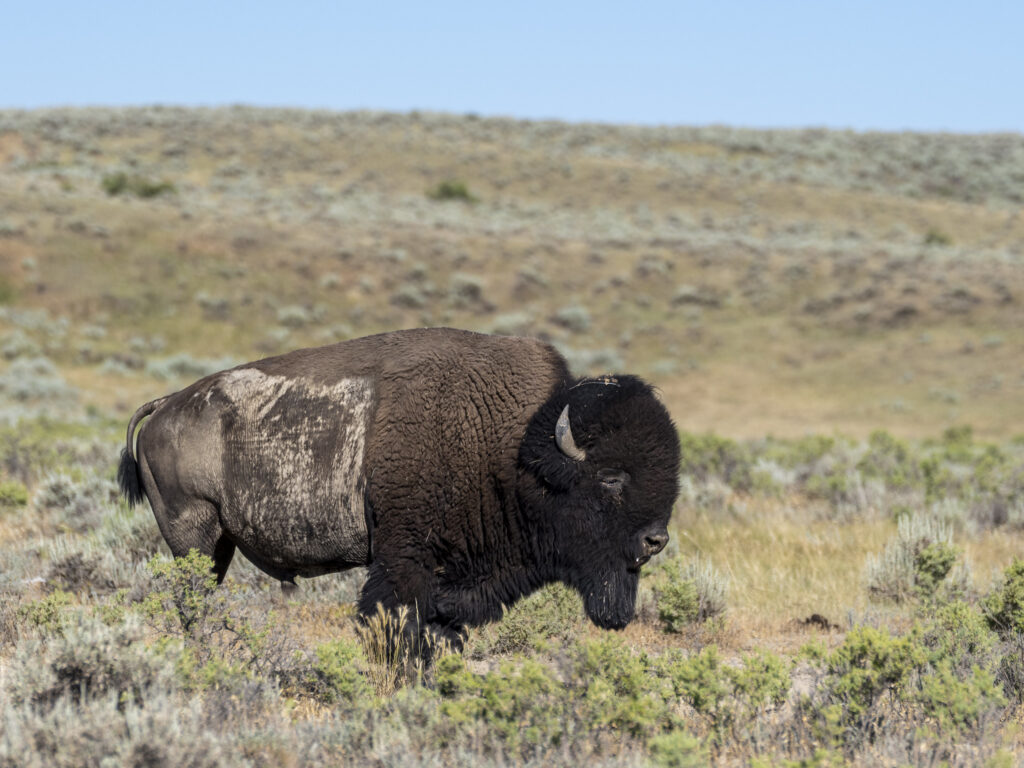PERC submitted a public comment to the Bureau of Land Management in support of the proposed environmental assessment and finding of no significant impact for American Prairie Reserve’s plan to convert several grazing allotments from seasonal cattle grazing to year-round bison grazing.
Main Points:
- American Prairie Reserve (APR) seeks to establish a nature reserve using property rights and voluntary conservation, rather than the lobbying and litigation model that has made conservation unnecessarily contentious.
- APR’s plan to convert its grazing leases to year-round bison will benefit native wildlife, improve public lands, and restore riparian areas.
The American Prairie Reserve (APR) is a voluntary, nongovernmental conservation project that seeks to conserve and restore the prairie ecosystem across an area of public and private lands in eastern Montana. In contrast to many other U.S. environmental groups, which often seek to conserve lands through litigation or political means, APR achieves its conservation goals through voluntary actions, specifically by purchasing private lands from willing sellers, along with the associated public grazing permits, to create a large conservation area that includes, among other things, restoring bison to the landscape.
If replicated, APR’s model could reduce tensions over federal lands and allow competing interests to resolve their differences amicably through voluntary exchange. BLM should seek to encourage voluntary conservation efforts by ranchers, conservationists, and other landowners, including by ensuring that permittees have the flexibility to implement and adjust grazing permits to achieve their goals.
[button title=”Read PERC’s full comment” link=”https://www.perc.org/wp-content/uploads/2021/09/PERC-Comment-on-APR’s-Bison-Grazing-Plan.pdf”]




